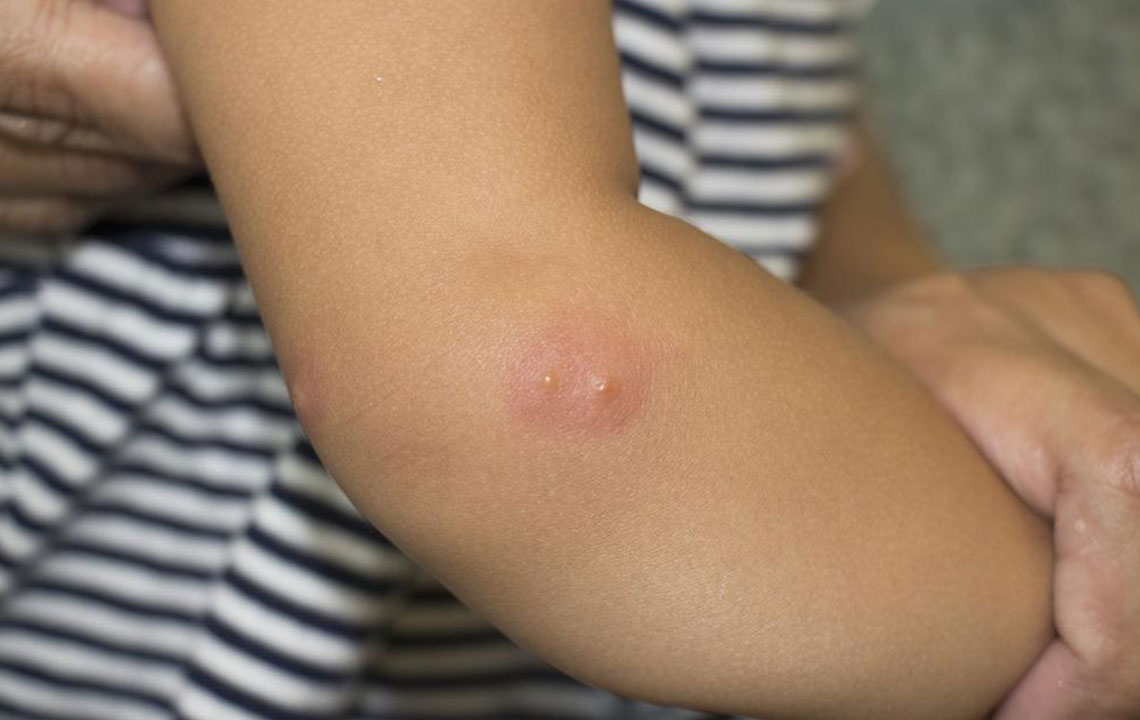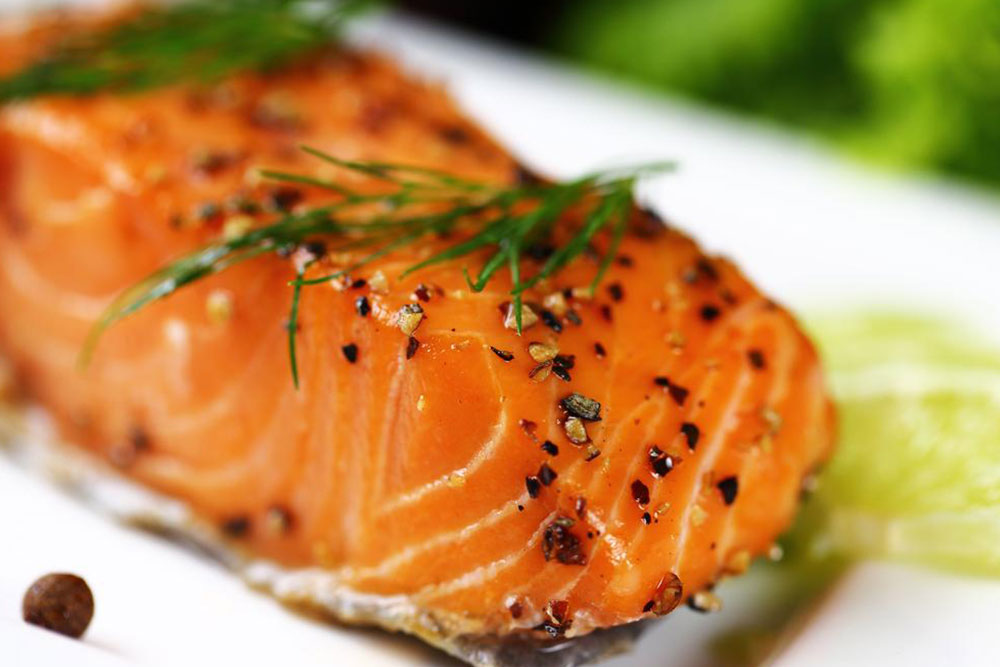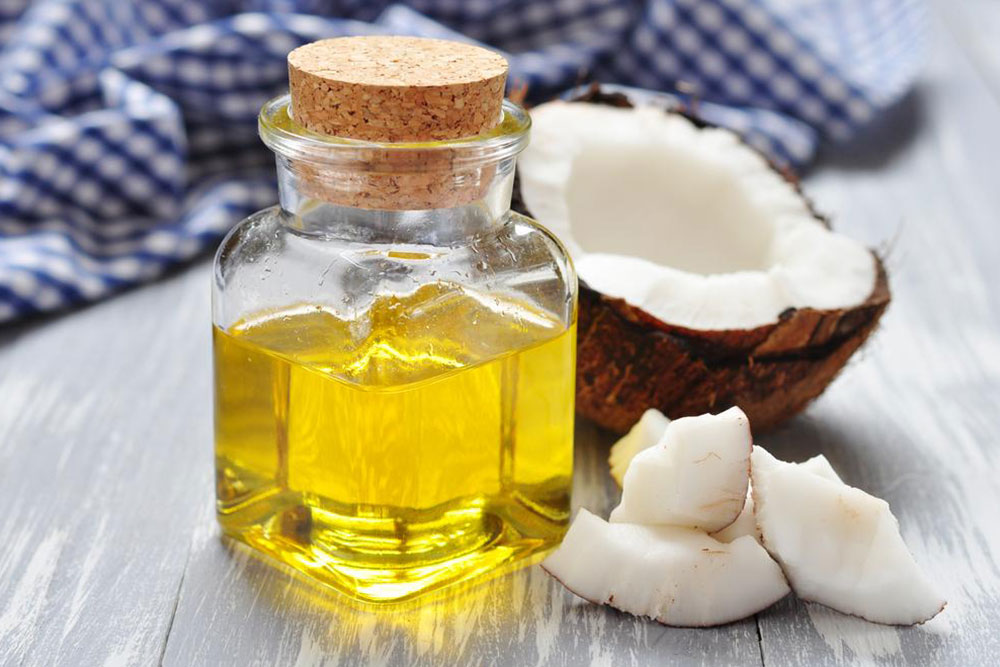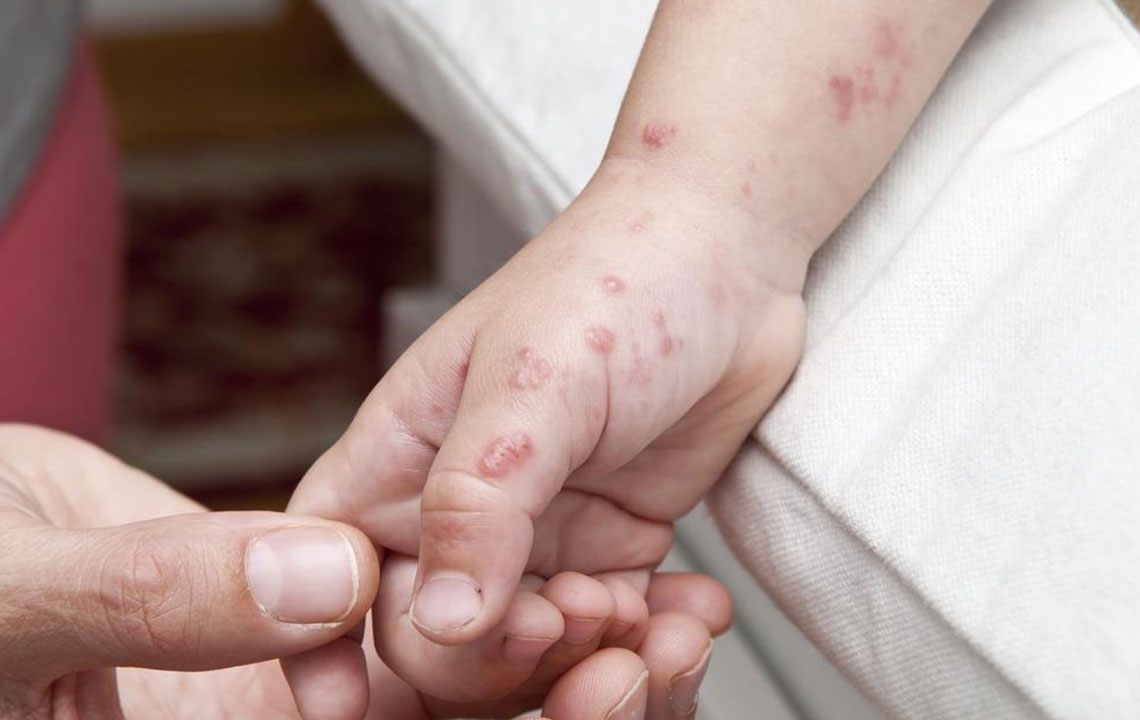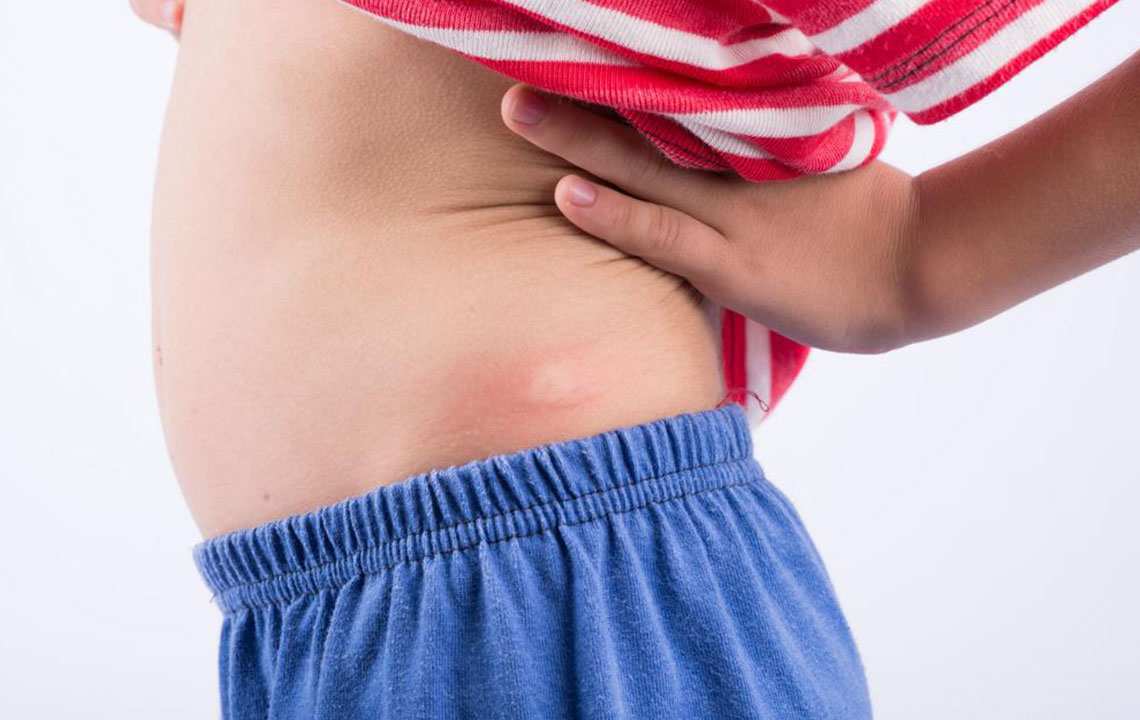Effective Home Strategies for Managing Shingles Outbreaks and Skin Discomforts
Learn effective home strategies to manage shingles outbreaks and relieve skin discomfort naturally. This article covers remedies like soothing baths, cold compresses, topical pastes, dietary tips, and advises when to see your healthcare provider. Combining these approaches can speed up recovery, reduce symptoms, and improve quality of life during shingles episodes.

Effective Home Strategies for Managing Shingles Outbreaks and Skin Discomfort
Shingles is a painful skin condition caused by the reactivation of a dormant viral infection. According to the Centers for Disease Control and Prevention (CDC), approximately one-third of the American population will experience shingles at some point during their lifetime. This common yet often misunderstood condition can significantly affect quality of life if not managed properly. Understanding the causes, symptoms, and home remedies can be remarkably helpful in alleviating discomfort and speeding recovery.
The primary culprit behind shingles is the varicella-zoster virus, which is also responsible for chickenpox. After a person recovers from chickenpox, this virus does not completely exit the body. Instead, it resides quietly in nerve tissues, often remaining dormant for years or even decades. However, under certain circumstances — such as age, illness, or a weakened immune system — the virus can reactivate, travel along nerve pathways, and manifest as shingles.
This condition generally appears in small, localized areas but can sometimes cover larger regions. The initial symptoms are often mild, including localized pain or tingling, but can escalate quickly. Typical signs also include fever, heightened sensitivity to light, and general fatigue, signaling the body's immune response to the viral activity.
Medical management of shingles usually involves antiviral medications that aim to suppress viral replication, lessen the severity of symptoms, and prevent complications. However, along with conventional treatment, natural remedies and home-based strategies can effectively reduce discomfort and support healing processes.
Here are some practical, evidence-based home remedies you can implement to manage shingles outbreaks:
Soothing Baths: Taking regular, lukewarm baths with soothing agents like oatmeal or baking soda can help clean the skin, prevent secondary bacterial infections, and reduce irritation. This cooling effect can also provide relief from burning or itching sensations.
Cool Compresses: Applying a cool, damp cloth or ice pack wrapped in a towel to affected areas can significantly diminish pain and itching. It’s important to avoid direct contact with ice to prevent frostbite or further skin damage. Repeating this process multiple times daily can optimize comfort.
Baking Soda and Cornstarch Pastes: Mixing two parts of baking soda or cornstarch with one part water creates a gentle paste that can be applied directly to blisters and sores. This mixture helps reduce inflammation, absorb excess moisture, and alleviate pain. It’s typically left on for 10-15 minutes and can be used several times throughout the day.
Topical Lotions and Creams: Special formulations, such as those containing capsaicin or calamine, can soothe irritated skin, decrease itching, and decrease inflammation. When selecting over-the-counter options, avoid products with added perfumes or fragrances as these can exacerbate skin irritation.
Dietary considerations play a vital role in supporting recovery. Consuming a diet rich in essential vitamins such as A, B-12, C, and E helps bolster immune function and accelerates tissue repair. Incorporate plenty of fresh fruits, leafy green vegetables, nuts, and seeds. Conversely, reducing intake of sugar, refined carbohydrates, and arginine-rich foods—like chocolate, nuts, and gelatin—may prevent future outbreaks. Arginine fuels the virus's reactivation process, so limiting these foods can be beneficial.
Shingles generally persists for two to seven weeks, with the most severe symptoms occurring in the first few weeks. Although it is rarely life-threatening, the lingering pain—often described as postherpetic neuralgia—can cause significant discomfort. Implementing these natural remedies along with proper medical care can promote faster healing, minimize discomfort, and prevent secondary complications.
